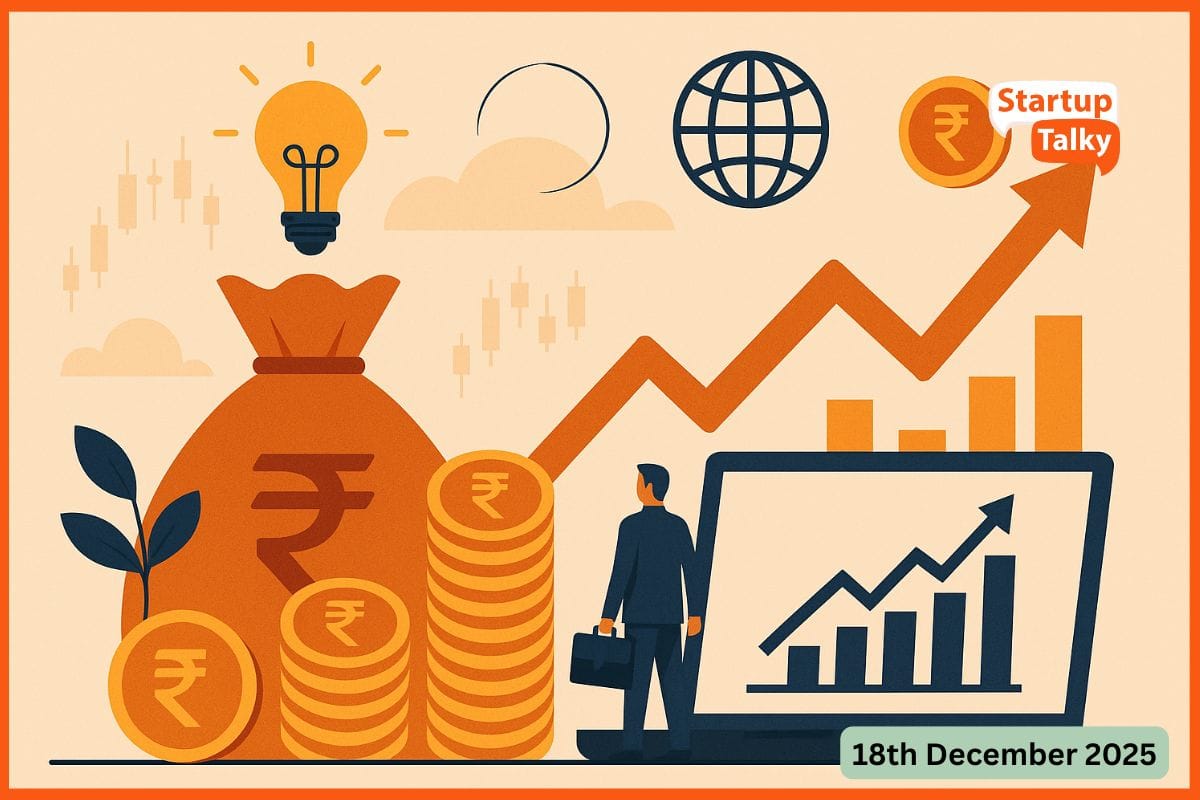Most Popular SaaS Pricing Models in 2023
🔍Insights
The realm of Software as a Service (SaaS) is constantly evolving, with an array of pricing models designed to cater to the requirements of businesses and customers. In this digital environment, SaaS providers are consistently exploring new and creative ways to determine the prices for their offerings.
In this article, we will explore the SaaS pricing models that are currently influencing the industry in 2023.
Flat-rate Pricing
Usage-based Pricing
User-based Pricing
Feature-based Pricing
Tiered Pricing
Cost-based Pricing
Freemium Pricing
Value-based Pricing
Competitor-based Pricing
Penetration Pricing
Flat-rate Pricing
As the name suggests, in Flat-rate pricing, there is only one price that covers the product and all its features. All the customers have access to the same set of tools.
It is a very attractive pricing model as it does not discriminate between premium features and free features. It allows every user to unlock its full potential. It provides an even ground for both small and big companies to use all the features.
However, this pricing model does not provide flexibility, which means it does not let the user customize. This means that a user of this model may have the possibility to fall out to competitors that offer flexible options.
Usage-based Pricing
Usage-based pricing is the best example of pay-as-you-go pricing. As the name suggests, this pricing model lets the customers pay based on their usage.
In this model, rates are determined by factors like the number of logins or the extent of usage within the product. Customers benefit from locking in a low base price, but they are restricted by the limitations imposed on their usage, such as the number of team members logged in simultaneously. This is an advantage to a business that aims to offer competitive pricing while maintaining healthy profit margins, making it appealing to customers who appreciate lower costs.
However, it may not suit all SaaS offerings, as the value perceived by customers may be tied more to their access to the system rather than the actual usage. The advertised price is often lower than the actual monthly bill, making it attractive to individuals and small businesses, who perceive it as a cost-effective option compared to larger enterprises
An example of usage-based pricing in SaaS can be seen in Oracle's data integration platform.

User-based Pricing
User-based pricing in SaaS is a pricing model where customers are charged based on the number of users actively or passively engaging with the SaaS platform.
There are two main variations: the user-based model and the active-user-based model. In the user-based model, customers are charged for every user account created, whether or not they are actively using the platform. In contrast, the active-user-based model charges customers only for users who are actively utilizing the SaaS platform, such as by logging in, making calls, accessing reports, or scheduling posts. Inactive users, such as those on sabbatical or no longer with the company, are not counted in this model.
This form of pricing can also be combined with other pricing models like Feature-Based or Tiered pricing. This pricing approach is straightforward and aligns with the number of individuals using the product, making it scalable with the platform's adoption within a company.
Although it simplifies billing for both customers and SaaS companies, still it is important to look out for potential misuse like users sharing accounts to reduce their costs.
Examples of companies using user-based pricing include Zendesk, a CRM system, and Microsoft, which employs a familiar user-based pricing model.
Feature-based Pricing
Feature-based SaaS pricing is a strategic model pricing model that is suited for businesses offering products with diverse and customizable features. It is advantageous for both vertical and horizontal SaaS providers who seek to provide tailored options to clients. This approach begins with a base rate for the product and allows customers to selectively add features, tailoring the product to their unique requirements.
The advantage of feature-based pricing lies in its flexibility, making feature launches seamless as new functionalities can be added as optional add-ons. However, it demands close attention to individual customer needs, as each client essentially possesses a personalized version of the product.
Similar to tiered pricing, feature-based SaaS pricing charges customers per feature used. For instance, a base customer service system may offer add-on options like email automation and chatbot services for an additional fee. Pricing packages vary based on the number of included features, with higher-priced packages encompassing all features from lower tiers.
Examples of companies using feature-based pricing include Amazon AWS and Canva among others.

Tiered Pricing
Tier-based pricing is a widely adopted SaaS pricing model that offers various package options for different user needs. In this model, each package, or tier, comes with its unique pricing and a set of features. Customers are given the freedom to personalize their subscription according to their needs enabling them to cater to types of buyers.
The main benefit of tiered pricing is its flexibility, which allows businesses to select the package that best aligns with their budget and requirements.
However, offering too many tiers with varying features can overwhelm customers and lead them to choose a competitor with simpler options. Striking the right balance, typically with three to five tiers, is crucial to prevent confusion. Tiered pricing is advantageous to SaaS companies as it enables upselling and recurring revenue growth.
HubSpot's feature-based tiered pricing is a prime example of this strategy in action, intelligently catering to diverse customer feedback management needs.
SaaS Pricing Models Explained (Perfect Tiered Pricing and the Subscription Based Business Model)
Cost-based Pricing
Cost-based SaaS pricing, also known as cost-plus pricing, is a straightforward and fundamental pricing strategy where organizations calculate the total expenses associated with providing their service, such as product development and employee salaries, and then add a predetermined percentage as a profit margin. This means if it costs $100 to develop software, adding a 25% profit margin would result in a sale price of $125.
Cost-based pricing model lacks the flexibility to adapt to rapidly changing costs, such as marketing expenses or hiring new employees, which are common in the dynamic SaaS sector. Subscription prices cannot be continually adjusted to accommodate cost fluctuations, potentially impacting profit margins.
While cost-based pricing provides a simple and predictable way to set prices, it overlooks critical factors like competitor pricing, perceived product value, and customer price sensitivity. In the SaaS industry, where the cost of delivering a single account can be relatively low, pricing should be primarily based on the value customers derive from the product rather than just covering development and operational costs.
Freemium Pricing
The Freemium pricing model is a prevalent strategy in the SaaS industry where businesses provide a free, limited version of their software to attract users and encourage sign-ups. While the free version offers basic functionality and can be used indefinitely, advanced features are often restricted, incentivizing users to upgrade to a paid subscription.
Freemium is particularly appealing to B2B buyers as it allows them to try out a product without the need for sales consultations or demos. HubSpot, for example, utilizes the freemium pricing model to attract users.
This allows the customers to test the product before committing to a purchase. Users can sign up easily and experience the software firsthand, reducing the risk of them staying on a free plan indefinitely.
However, one major disadvantage of the Freemium pricing model is that it can strain resources without guaranteed returns and may leave free users dissatisfied if they lack access to essential company resources like support and bug fixes.
Mailchimp is a good example of the Freemium pricing model.
Value-based Pricing
Value-based pricing in the SaaS model is a strategy where the price of a product or service is determined by the perceived value it offers to the target audience, rather than being solely based on production costs or competitor prices. This approach prioritizes understanding what the customers truly want and how they perceive the worth of the software or service.
Unlike cost-based or competitor-driven pricing, value-based pricing allows SaaS businesses to charge a premium if customers recognize the significant value they receive. It is a dynamic strategy that permits periodic price reassessment, enabling adjustments or updates to the service.
While value-based pricing offers advantages like the potential to charge higher prices and achieve a favorable LTV: CAC ratio, it can be complex due to the ongoing need to understand customer needs and value perceptions. Nonetheless, for SaaS businesses, this strategy is highly recommended as it can drive growth and profitability by aligning pricing with the value delivered to customers.
Adobe is a good example of the Value-based pricing model.

Competitor-based Pricing
Competitor-based pricing in the SaaS model is a pricing strategy that relies on competitor pricing as a reference point for setting the price of a product or service. A company can use this pricing model to make its offering higher, lower, or at the same level as that of its competitors.
This pricing strategy is particularly valuable for new SaaS software companies entering the market. In the early stages when the product's value hasn't been established and cost structures are still evolving, using competitors' pricing as a reference point helps the user to find a competitive pricing sweet spot. It also accommodates cases where a company is still in the process of understanding the complete cost structure of its service.
Competitor-based pricing is straightforward but comes with limitations. It does not consider factors like market demand or production costs, which can lead to a lack of pricing innovation and missing revenue opportunities. Although it is a practical approach for staying competitive in crowded markets, it still may not fully exploit the unique value a product or service can offer.
Penetration Pricing
Penetration pricing is a dynamic pricing model which is usually adopted by new entrants in the SaaS market. This model involves initially setting the price of a product significantly lower than competitors to rapidly gain traction and establish a strong presence.
The key characteristic of penetration pricing is its temporary nature, often marked by a specific time frame that may or may not be disclosed to customers. While penetration pricing can be effective for market entry and gaining an initial customer base, it comes with the risk of short-term losses due to reduced pricing.
However, the strategy is often part of a broader "land and expand" approach, where companies later upsell and cross-sell additional features or higher-priced packages to their established customer base. Slack and New Relic are examples of companies that have successfully used penetration pricing to capture a significant market share before competitors can catch up.
FAQs
What are the most popular SaaS pricing models?
The most popular SaaS pricing models are:
- Flat-rate Pricing
- Usage-based Pricing
- User-based Pricing
- Feature-based Pricing
- Tiered Pricing
- Cost-based Pricing
- Freemium Pricing
- Value-based Pricing
- Competitor-based Pricing
- Penetration Pricing
What is Tiered Pricing?
Tier-based pricing is a widely adopted SaaS pricing model that offers various package options for different user needs. In this model, each package, or tier, comes with its unique pricing and a set of features. Customers are given the freedom to personalize their subscription according to their needs enabling them to cater to types of buyers.
Which company uses the Freemium Pricing Model?
Mailchimp is one of the companies that uses the Freemium Pricing Model.
Which companies use the Penetration Pricing Model?
Slack and New Relic are examples of companies that have successfully used penetration pricing to capture a significant market share before competitors can catch up.
Must have tools for startups - Recommended by StartupTalky
- Convert Visitors into Leads- SeizeLead
- Website Builder SquareSpace
- Manage your business Smoothly Google Business Suite







